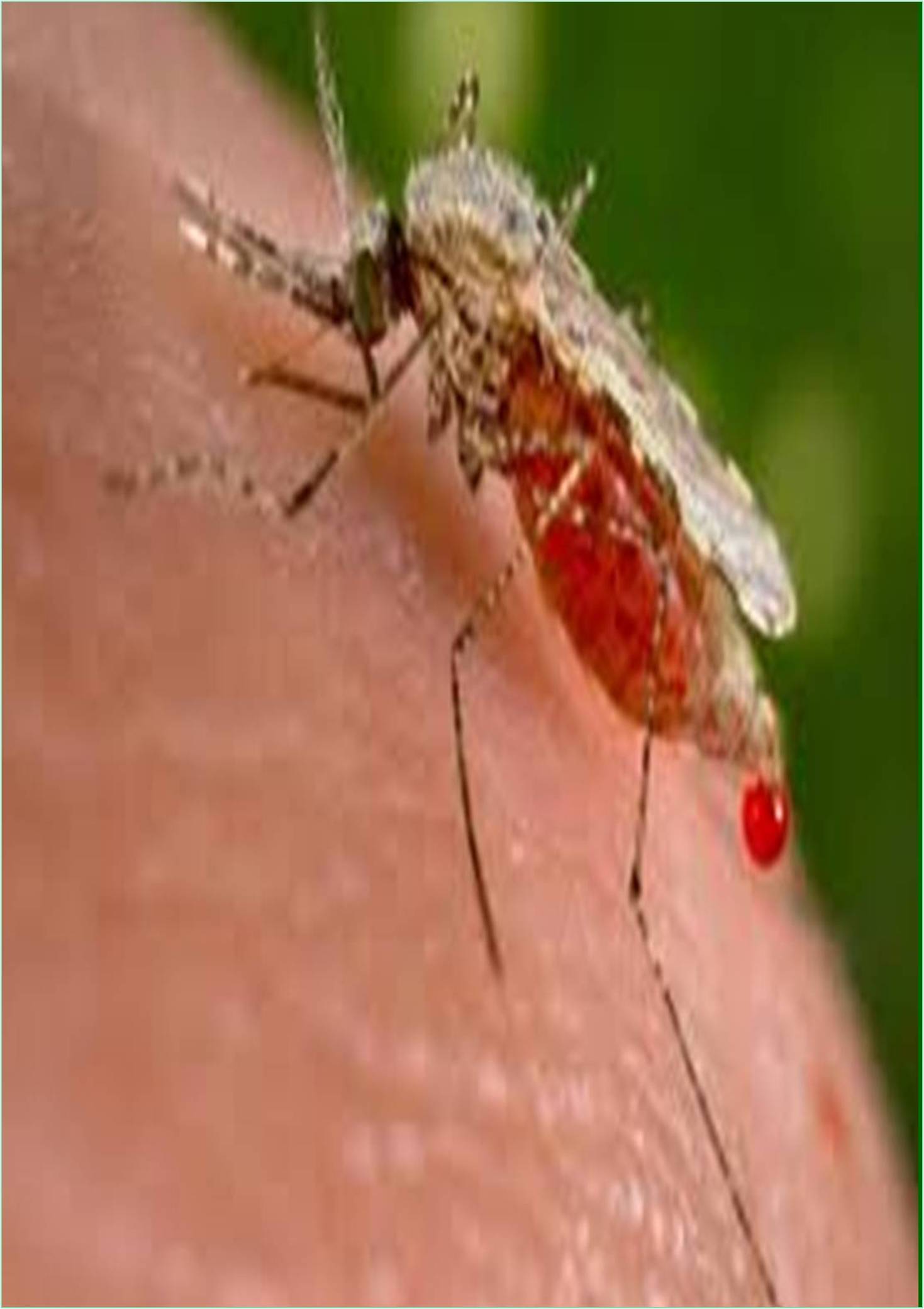



Received: 03-Feb-2022, Manuscript No. JMAR-22-59702; Editor assigned: 05-Feb-2022, Pre QC No. IJMAR-22-59702 (PQ); Reviewed: 17-Feb-2022, QC No. IJMAR-22-59702; Revised: 22-Feb-2022, Manuscript No. IJMAR-22-59702 (R); Published: 01-Mar-2022, DOI: 10.15651/ IJMAR.22.1.3
Malaria is an infectious disease transmitted by the Anopheles mosquito bite. Single-cell parasites of the genus Plasmodium vivax are responsible for the disease and are further classified into more than 100 species, 5 of which (Plasmodium falciparum, P. vivax, P. malaria, P. ovale, and P. knowlesi) mainly infects humans and causes flu-like symptoms (fever, headache, nausea, etc.). The average incubation period is 2 weeks, but it can take months depending on the species. Plasmodium falciparum causes malaria, which can be the most serious and fatal if not treated promptly. However, in recent years there have been some changes in the epidemiology of the disease.
Global Epidemiology of Malaria
Despite extensive management and eradication efforts under international and national malaria management programs, malaria remains the world's most important parasitic disease. The Global Malaria Eradication Program, launched in 1969, infected hundreds of millions of people with malaria, killed tens of millions, and killed hundreds of thousands of pregnant women during childbirth due to malaria-related complications. It failed when all children were born at a young age. It results in birth weight, premature death or disability. However, the first 20 years from this century to the new century represent a golden age in the history of malaria control. Human malaria is caused by five species of plasmodium falciparum, the plasmodium vivax, P. ovale, P. malariae, P.knowlesi. Most malaria infections in Africa are caused by P. Plasmodium falciparum is also more toxic and causes most of the malaria-related deaths worldwide. However, the increased prevalence of vivax malaria parasite infections, especially in the Indian subcontinent, poses unique diagnostic and therapeutic challenges. Plasmodium vivax infection also results in the persistence of the parasite as a hypnozite in the dormant stage that can cause recurrent episodes of malaria. As a result, P. vivax often causes imported malaria cases predominantly among adult men in settings outside the Africa. P. falciparum malaria accounted for nearly 99% of cases in Africa and 94% of all malaria cases and deaths occur globally.
Malaria Vector and Vector Behavior
Human malaria is transmitted by bite of female mosquitoes belonging to more than 400 species of Anopheles mosquito in the world. About 60 species are important vectors of malaria. However, certain species of Anopheles may be important vectors in some parts of the world and may be of little or no consequence in other parts of the world.
Different species of Anopheles have different behaviors. Mosquito behavior includes breeding or larval habitats (e.g. freshwater or brackish water, flowing streams, still pools, or artificial habitats, shaded or sunny areas), food preferences (e.g. when spikes occur). (May vary depending on preference) Distinguish humans through animals and eat indoors or outdoors and resting habits (resting indoors after feeding or leaving the house before resting). These differences in mosquito behavior can affect both the epidemiology of malaria and the choice of malaria control strategies used. For example. Dirus is an important vector in Southeast Asia and mainly lives in forests. Therefore, those who enter the forest for some reason are most at risk, while those near the house (such as infants) are less at risk. This also means that malaria control strategies aimed at preventing mosquito bites at home (such as residual sprays and pesticide-treated bed nets) are of little value in preventing exposure and infection.
Epidemiology of Clinical Malaria
The intensity of malaria infection, the level of acquired immunity in the population, and the symptoms of malaria disease are closely related. Understanding this relationship should help assess the expected impact of malaria on a particular population. An important additional consideration is to understand the impact of differences between the environment in which refugees occur and the environment in which their population settles, even temporarily.